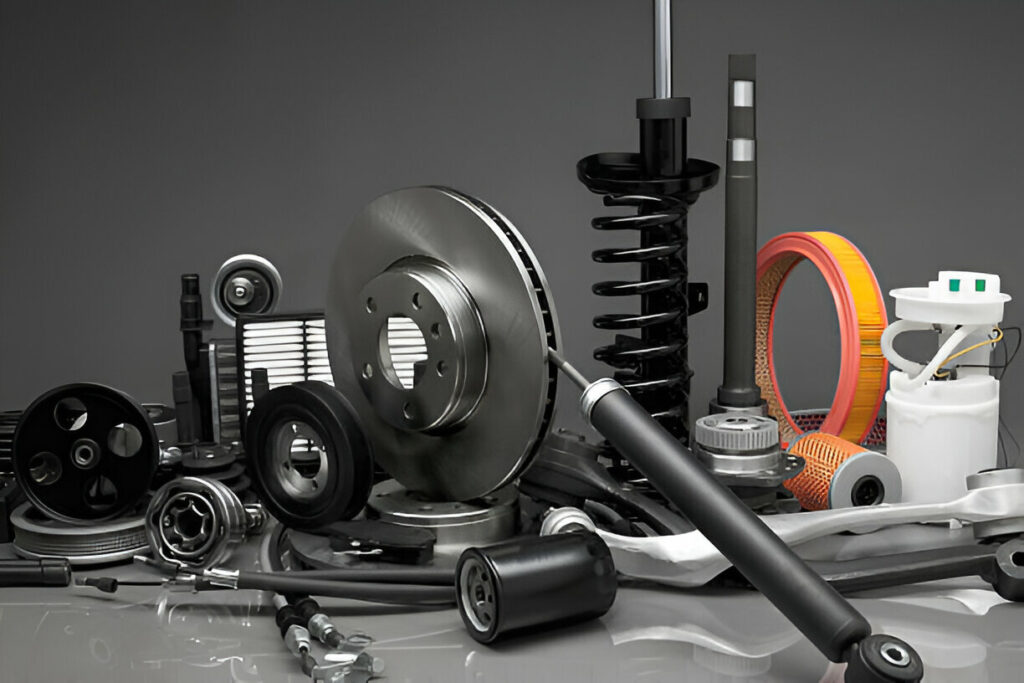Choosing between aftermarket and OEM parts is a significant decision for anyone looking to repair or upgrade their vehicle. Aftermarket parts, created by companies other than the vehicle’s original manufacturer, offer a budget-friendly alternative to the typically more expensive OEM parts. These components not only promise potential savings but also introduce a variety and customisation not always available through original manufacturers. With the automotive industry embracing innovation, aftermarket parts play a pivotal role in providing options that cater to diverse needs and preferences.
This blog aims to shed light on the reliability of aftermarket parts, providing insights for everyday drivers and car enthusiasts.
Overview of Aftermarket Parts
Aftermarket parts are available for a wide range of vehicle repairs and enhancements. From necessities like brake pads and air filters to performance upgrades such as suspension kits and exhaust systems, these parts are designed to fit various makes and models. The diversity and accessibility of aftermarket parts make them an attractive option for those looking to modify their vehicle without breaking the bank.
Quality Considerations
A key factor to consider with aftermarket parts is the variation in quality. Unlike OEM parts, which are produced to strict specifications set by the vehicle’s manufacturer, aftermarket parts can vary in materials, manufacturing techniques, and how well they fit. Choosing parts from reputable manufacturers is essential, as these are more likely to meet high standards of quality and reliability.
The Price Advantage
Price is a major advantage of aftermarket parts. They are typically less expensive than OEM parts due to the competitive nature of the aftermarket industry. However, it’s important to balance the cost savings against potential differences in quality. While some aftermarket parts are on par with or superior to OEM parts, others may not last as long, potentially leading to increased long-term costs.
Compatibility and Enhancement
Compatibility is crucial when selecting aftermarket parts. Most are designed as direct replacements for OEM parts, but there can be cases where a part requires additional modifications to fit correctly. Conversely, some aftermarket parts are engineered to exceed the original specifications, offering improved performance and enhancing the vehicle’s capabilities.
Warranty and Support
Warranties are an important aspect to consider. OEM parts often come with a warranty that matches the vehicle’s overall warranty, providing peace of mind. Aftermarket parts, however, can have varying warranties, from limited coverage to lifetime guarantees, depending on the manufacturer. Understanding the warranty offered with an aftermarket part is vital for making an informed choice.
To sum up, the decision to use aftermarket parts involves weighing their quality, cost, compatibility, and warranty coverage. For those searching for auto parts near me, considering reputable aftermarket options could provide the reliability and performance you seek at a more affordable price. And for residents looking for auto parts in Westland, the aftermarket market offers numerous choices to find the parts you need, tailored to your vehicle’s specifications and your personal preferences. Making an educated choice on aftermarket parts can lead to satisfactory performance and savings.
Also, read – The Techniques and Precision Behind Dent Removal
Unlocking Efficiency: How Advanced Network Security Boosts Automotive
Auto Insurance: What You Need to Know Before You Buy a New Car



